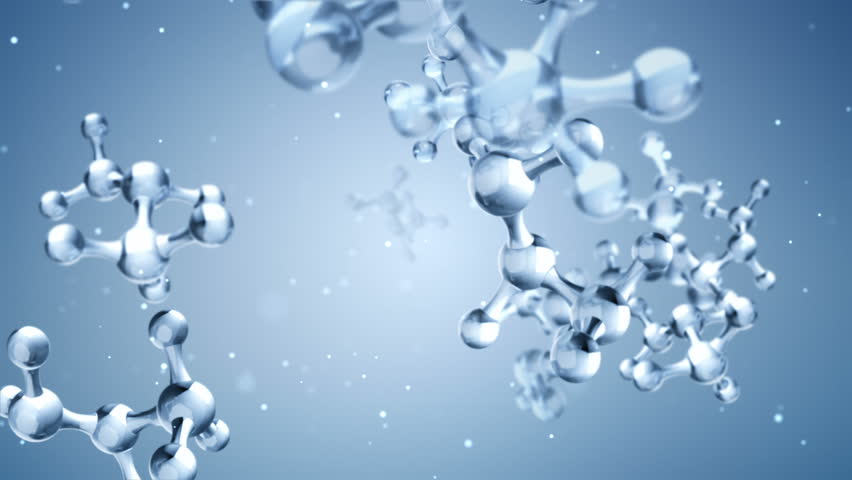Back to Main Navigation
How do you see imaging/pathology transforming the development of novel therapies?
"Imaging and pathology have paved paths for unique, quantitative and spatially resolved biomarkers that have greatly facilitated otherwise more difficult decision making in development of therapies and diagnostics. This has occurred across all major diseases and is also expanding more recently in a broad array of rare diseases that have historically been untreatable. However, the information contained within today’s pathology and imaging datasets has in many cases barely been tapped. Transformative progress will involve using novel computational methods in combining multiplexed, multi-faceted and 3D-resolved pathology and medical imaging datasets to create next generation precision biomarkers. This will substantively enhance our ability to quantify biology, and related decision making in discovery and translational medicine."
"The development of the first PET tracers in oncology (most notably 18F-FDG) transformed oncology, permanently changed medical practice in certain areas of cancer.
The use of companion imaging diagnostics that are used in parallel with therapeutics, has opened Pandora's box in our diagnosis, prognosis and understanding of diseases and the precision with which we can run clinical trials and care for patients. This occurred most notably with radioligands in neuroscience, and has paved the way for a more recent similar approach in cancer.
The move to use radioisotope labelled companion imaging compounds for therapeutics in oncology (eg. radio-theranostics for PET and SPECT imaging) has been a major breakthrough in positioning and developing the next generation of precision diagnostics and therapeutics against cancer. "
"Sir Paul Callaghan (1947-2012). Arguably the most famous southern hemisphere MRI scientist, Paul played a leading role in taking MRI from an academic tool to a true platform for discovery, paving the way for some of today’s MR based medical imaging biomarkers (e.g. diffusion MRI methods). He also wrote one of the seminal textbooks on MRI, still a major standard for today and drove major efforts in MRI education that influenced the careers of countless young scientists. Above all, Paul was a complete gentleman and one of the most approachable scientists who had time for everyone."

